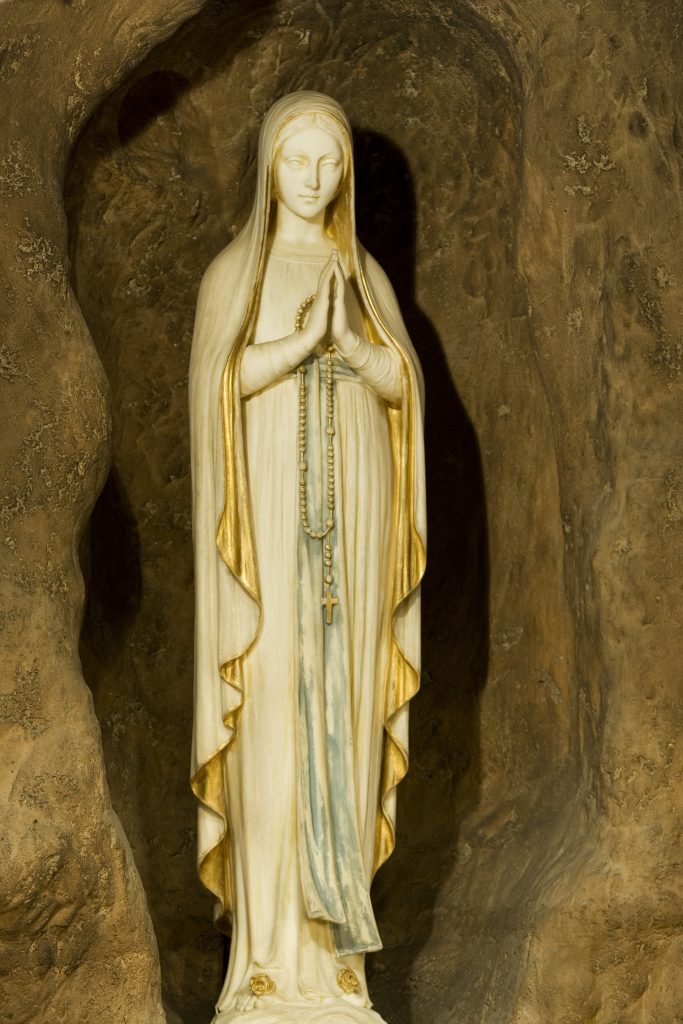Did you ever wonder why–and how–supernatural scenery and personages vary so widely?
Take the Virgin Mary: she has been described dozens of ways through history.
Look at her depictions from Fatima and Lourdes and compare them to, say, Guadalupe in Mexico.



In near-death experiences, some see their deceased loved ones as they appeared on earth (albeit younger, and although now luminous) while others encounter them as naught more than orbicular lights. Jesus likewise has been described in different statures and with various complexions (though the Shroud of Turin grants us a definitive template for His earthly countenance).

Leave it to the great Mariologist, Father Rene Laurentin, of France, to come up with a brisk laconic way of describing the variety.
“Each visionary,” he once wrote (in a study called Messages and Teachings of Mary at Medjugorje), “receives the message in his own way. Quidquid reciptur ad modum recipients recipitur, according to the adage of Saint Thomas Aquinas. That is: ‘Everything received, is received in the manner of the recipient.”
‘Everything received, is received in the manner of the recipient.”
There you have it: why many mystical experiences vary so dramatically. In fact, Mary has manifested in virtually every part of the world (we’re still waiting on Antarctica), arriving, through history, with those varied complexions, facial features, statures, comportments, as well as conforming ethnic dress.
The Basilica of the National Shrine of the Immaculate Conception in Washington D.C. houses 82 Marian chapels flanking the sides of the Great Upper Church and the Crypt Church. Many representations are starkly different.
Heaven presents itself in a tremendously varied fashion.
A non-material realm is trying to communicate itself (including in those near-death landscapes) to our limited material realm.





